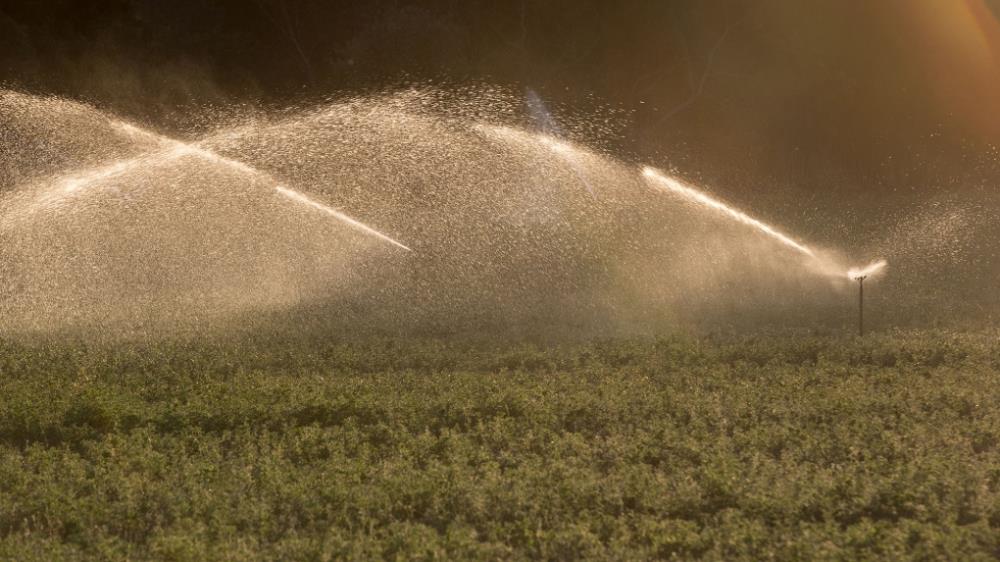
Related items loading ...
Section 1: Publication
Publication Type
Conference Poster
Authorship
Ralph Brayden, Hayashi Masaki
Title
Quantifying Groundwater Storage and Discharge in Alpine Environments
Year
2022
Publication Outlet
AOSM2022
DOI
ISBN
ISSN
Citation
Brayden Ralph, Masaki Hayashi (2022). Quantifying Groundwater Storage and Discharge in Alpine Environments. Proceedings of the GWF Annual Open Science Meeting, May 16-18, 2022.
Abstract
Major rivers that originate in mountainous areas provide the main water supply for more than one third of the world's population. These rivers typically exhibit a four-to-five-month high flow period driven by snowmelt and rain, followed by a seven-to-eight-month low flow period sustained by groundwater discharge from mountain headwaters. Recent small-scale and field-based studies have identified talus slopes, moraines, rock glaciers, and alpine meadows as the main landforms responsible for storing and discharging groundwater in these headwater environments and have further classified them as alpine aquifers. However, there has not been much progress upscaling our current small-scale understanding of alpine aquifers to the watershed-scale. This study aims to upscale our knowledge of alpine aquifers by developing a geospatial modelling approach that can 1) map the spatial extent and distribution of different aquifers that are common in alpine watersheds and 2) employ a numerical groundwater flow model to simulate annual groundwater storage and discharge for a given watershed. The Opabin sub-watershed, located within the Lake O'Hara watershed in British Columbia will be used as the pilot site. Over the past 15 years, numerous research studies have thoroughly characterized the aquifers present and developed an extensive library of relevant hydrological data. Present aquifers will be identified and differentiated from one another using an object-oriented classification technique that incorporates remote sensing imagery and a digital elevation model, that cover the extent of the watershed. After, the extent of the aquifers will be extracted from the classified map and discretized in a numeric groundwater flow model. Representative storage and discharge characteristics derived from the existing library of field-data will then be assigned to each aquifer, enabling the model to simulate the annual propagation of snowmelt and rain through the aquifers present and in doing so, effectively quantify annual groundwater storage and discharge in the Opabin sub-watershed. The resulting model will be calibrated and validated using measured stream discharge data from Opabin creek, and the model efficacy will be evaluated by applying it to two other watersheds in the Canadian Rockies, specifically within the Bow River basin. The new modelling approach will provide an efficient tool to quantify and predict the annual groundwater contributions from mountain headwaters to major rivers, which will in turn help downstream populations sustainably manage their water supply.
Plain Language Summary
Section 2: Additional Information
Program Affiliations
Project Affiliations
Submitters
|
Brayden Ralph | Submitter/Presenter | brayden.ralph@ucalgary.ca | University of Calgary |
Publication Stage
N/A
Theme
Hydrology and Terrestrial Ecosystems
Presentation Format
poster presentation
Additional Information
AOSM2022 Mountain Water Futures First Author: Brayden Ralph, University of Calgary Additional Authors: Masaki Hayashi, University of Calgary


 GWFNet
GWFNet Master
Master Data
Data Research
Research Map
Map
 Advanced
Advanced Tools
Tools
 . . .
. . .
 Metadata Editor
Metadata Editor
 Record List
Record List
 Alias List Editor
Alias List Editor
 Legacy sites
Legacy sites